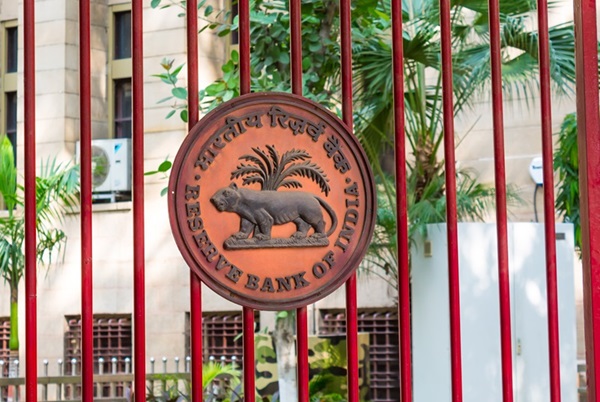.png)
By Mint Owl
Mint Owl tracks markets and policy with a steady eye, offering clear analysis on the choices shaping India’s economy and financial system.
September 19, 2025 at 5:48 AM IST
The Reserve Bank of India has steadily broadened the scope of its communication over the past two decades. Policy statements, press conferences, bulletins, discussion papers, and directions together shape how markets, economists, businesses, and the public interpret the institution’s intent.
In many respects, RBI has been among the most forward-looking regulators in India.
Yet, a pattern has emerged where important documents and data are released at irregular times or outside familiar cycles, undermining the very predictability that communication is meant to foster.
The release of India’s balance of payments data on September 1 was a striking example. Typically published at the end of the month, the data appeared almost four weeks ahead of schedule. Economists, analysts, and media were caught off guard, with no estimates prepared and little capacity to process the information in real time. Similarly, the Master Direction on payment aggregators was posted well into the night of September 15. It was only two days later that detailed assessments began to appear, as the timing made it difficult for stakeholders to immediately digest and discuss the new rules. The discussion paper on reviewing the monetary policy framework, released in the evening of August 21 without advance notice, raised similar concerns.
Even routine publications have become less predictable.
The RBI Bulletin, once released between the 10th and 15th of each month, has in recent months slipped to much later dates, with the August edition published after the 28th and well past 9:30 PM. Such irregularities do not imply a lack of communication; rather, they reflect the absence of structured scheduling and consistency in dissemination.
This is important because communication is not an adjunct to central banking but a policy tool in itself. Predictable release calendars, transparent alerts to stakeholders, and timely access to speeches or bulletins are integral to shaping expectations and providing clarity.
The RBI’s own Communication Policy 3.0, updated in January 2025, commits to the pre-announcement of dates for future structured communication to bring predictability. Yet, no comprehensive calendar has been made available, in contrast to best practices followed by other central banks, where advance schedules are standard.
In earlier years, RBI experimented with publishing schedules of top management meetings and speeches, bringing it closer to the transparency standards of global central banks. Over time, the practice was discontinued, leaving a gap that a formal release calendar could fill.
Globally, central banks have recognised that communication needs to serve multiple audiences at once: financial markets, academic and policy communities, businesses, and the public at large. The European Central Bank, the Federal Reserve and the Bank of England issue detailed advance release calendars for speeches, data and policy documents. These calendars reduce uncertainty and ensure equitable access to information. In India, too, predictability can prevent situations where markets scramble to interpret late-evening releases or miss important debates because announcements arrive outside expected cycles.
Equally important is the accessibility of central bank leadership. The practice of making speeches and public addresses widely available in real time has helped ensure that messages reach all audiences simultaneously, avoiding the distortion that comes from selective reporting. While speeches continue to be delivered at academic or public forums, their limited or delayed dissemination risks leaving gaps in public understanding and resulting in uneven coverage. A structured approach that provides live access, timely publication, and permanent public record would align communication with the standards that RBI has otherwise set in regulation and policymaking.
None of this is to suggest that the RBI is falling behind in its core responsibilities. The institution has maintained a reputation for professionalism and is recognised for widening consultation in drafting regulations, improving transparency in policy reasoning, and opening itself to dialogue with a wider group of stakeholders. The point is more modest: as communication becomes increasingly central to monetary and regulatory policy, it deserves the same consistency and discipline that the RBI applies elsewhere.
The strength of a central bank rests not just on its policy instruments but also on the credibility of its signals. Markets and the public expect a clear rhythm to how information is shared. By ensuring regularity, transparency, and predictability in its communication practices, RBI can reinforce confidence in its role as a steady anchor for India’s financial system.




